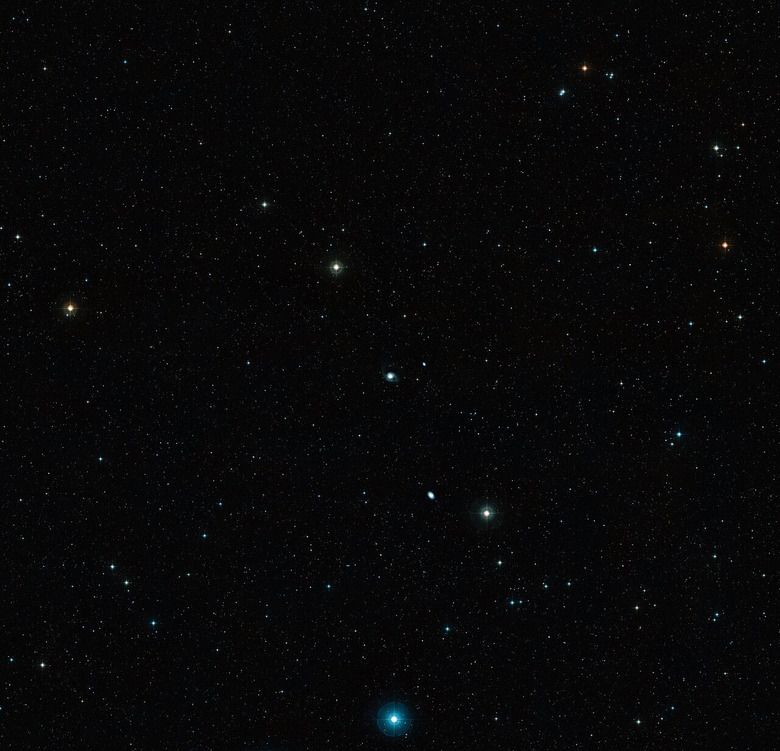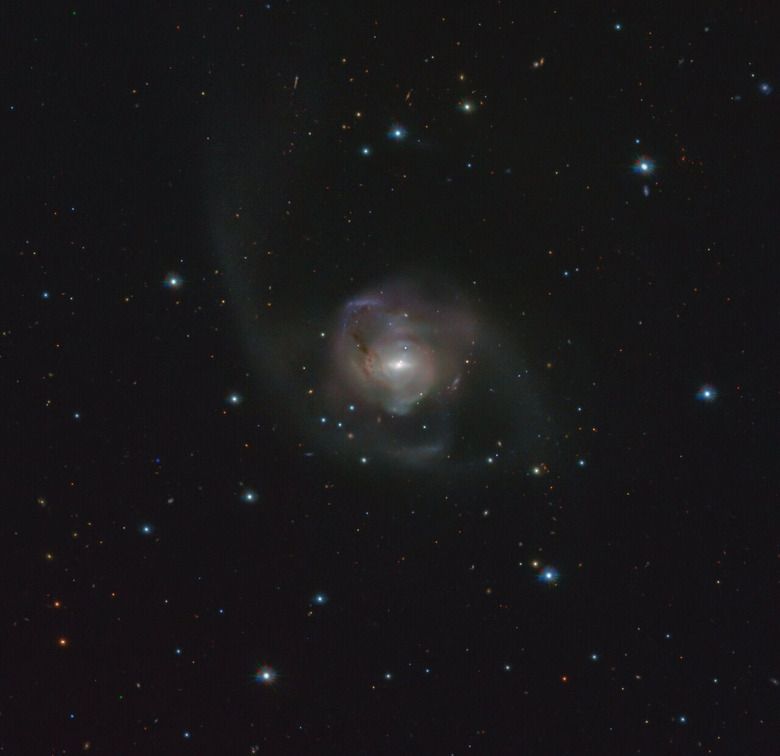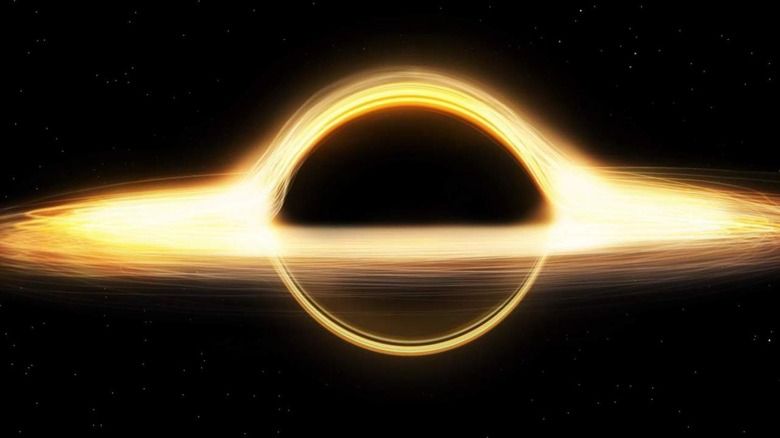LARGE Telescope Areas Earth's New Nearest COUPLE OF Dark Holes
Astronomers with the European Southern Observatory (ESO) utilize the LARGE Telescope (VLT) to scan the heavens searching for stars, dark holes, galaxies, and planets to review. Recently, astronomers utilized the VLT to identify the closest couple of supermassive dark holes to Earth actually discovered. Eventually, the dark hole duo will merge right into a one gigantic dark hole. The discovery is situated in a galaxy known as NGC 7727, which is based on the constellation Aquarius.
hile these supermassive dark holes will be the closest to World ever discovered, they're still at an unbelievable distance from our world of 89 million light-years. However, they're significantly closer compared to the prior closest supermassive dark hole pair that has been 470 million light-years apart. Not only is it the closest couple of dark holes to Planet, the duo likewise have a significantly smaller sized separation than any pair of known dark holes.
The duo in NGC 7727 provides only 1600 light-yrs between them. While that's still a massive distance, astronomers explain this is the first-time pair of supermassive dark holes have already been discovered so near one another. A distance of 1600 light-years is not even half the separation of the prior record holders. Generally, supermassive black holes reside in the biggest market of galaxies. However, they are able to turn out to be pairs when galaxies merge, putting them on a collision training course that can take an incredible number of many years before they merge.
 Via ESO
Via ESO
Researchers studied the road the dark holes are using, their separation length, and their velocities identifying the duo will merge right into a solitary supermassive black hole next 250 million yrs. Astronomers think that the merger of a set of black holes of the size could explain the way the most massive dark holes in the Universe are usually born.
Astronomer Karina Voggel and her group used a method for identifying the masses of the dark holes that viewed how their gravitational draw impacted superstars around them. This is actually the first-time that the bulk of a set of dark holes has already been measured using that technique. Measurements like this were possible due to how close the couple of dark holes are to World. Scientists relied on observations from the Paranal Observatory in Chile utilizing a device called MUSE (Multi-Device Spectroscopic Explorer) within their work. Astronomers furthermore used data collected by the Hubble Room Telescope to verify the pair of dark holes were categorized as supermassive.
 Via ESO
Via ESO
The dark hole on the proper side of the set is in the primary of NGC 7727 and contains a mass nearly 154 million times of sunlight. The other dark hole in the set is considerably less massive at 6.3 million times that of sunlight. Astronomers experienced suspected NGC 7727 got two dark holes but have been struggling to confirm their suspicions during the past because of the insufficient high-energy radiation from the immediate environment. The current presence of high-power radiation could have confirmed the dark holes existed.
The discovery of the supermassive dark holes minus the emission of high-power radiation suggests there may be many more similar dark holes hiding in galaxies scattered round the universe. Astronomers think their results could suggest the full total number of supermassive dark holes in the identified universe is 30 % higher than formerly believed. Discovering even more hidden supermassive dark hole pairs can be easier once the ESO begins working its brand-new Extremely Large Telescope afterwards this 10 years. The telescope will undoubtedly be put into the Atacama Desert in Chile. That telescope could have a musical instrument called HARMONI with the capacity of making discoveries such as this significantly further from Earth than happens to be achievable.
 Via ESO
Via ESO
Astronomers keep carefully the VLT working nearly constantly, producing discoveries in the cosmos. For instance, in mid-November of the year, astronomers utilized the VLT to find a black hole in the distant star cluster. For the reason that instance, the earlier unknown supermassive dark hole was outside the Milky Way, also it was found out by considering how it influenced a close by star. Needless to say, the VLT furthermore makes discoveries apart from black holes.
In August 2021, astronomers utilized the VLT to research rocky exoplanets which were orbiting a distant celebrity. The superstar is L 98-59, and astronomers had been keen to research the planetary system as the star and its own exoplanets resemble our internal solar program. One of the most fascinating discoveries in the planetary program had been a rocky exoplanet half the bulk of Venus. The earth has been the lightest exoplanet actually measured utilizing a technique referred to as radial velocity.
In October 2020, VLT astronomers uncovered a supermassive dark hole with six galaxies scattered around it. The grouping acquired existed because the universe was significantly less than a billion yrs . old, making it the 1st time a detailed grouping of the sort had been found out from the time so immediately after the Huge Bang. Astronomers mentioned the grouping of galaxies around a supermassive dark hole assisted improve our knowledge of how dark holes of the sort could become so massive so quickly.
Another fascinating VLT discovery from May 2020 discovered indications of a world getting born around a distant celebrity. The young superstar the planet had been forming around is named AB Aurigae. Throughout their observations, astronomers uncovered a prominent spiral construction with a twist indicating a niche site where a earth could possibly be forming. As researchers are keen for more information about how planets type, discoveries like they are welcome additions to humanity's ever-growing knowledge of the process.
